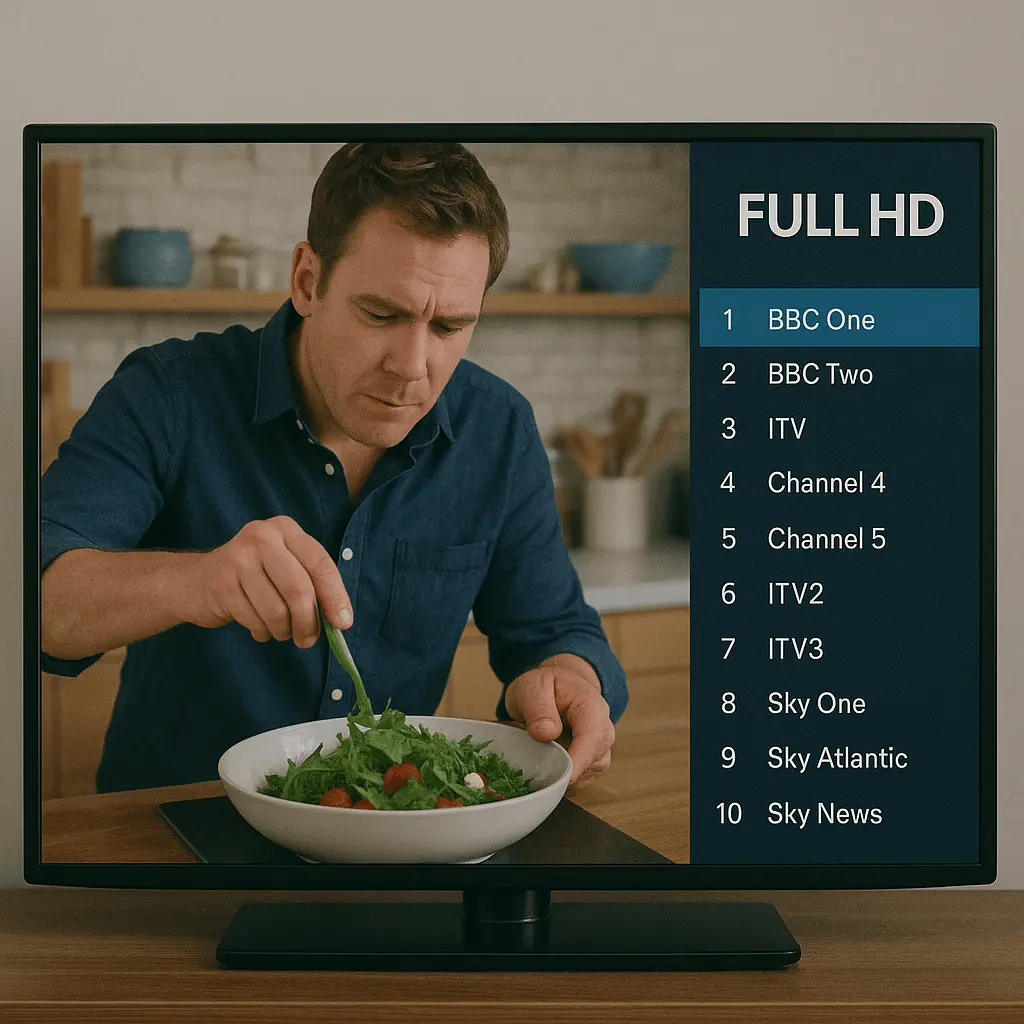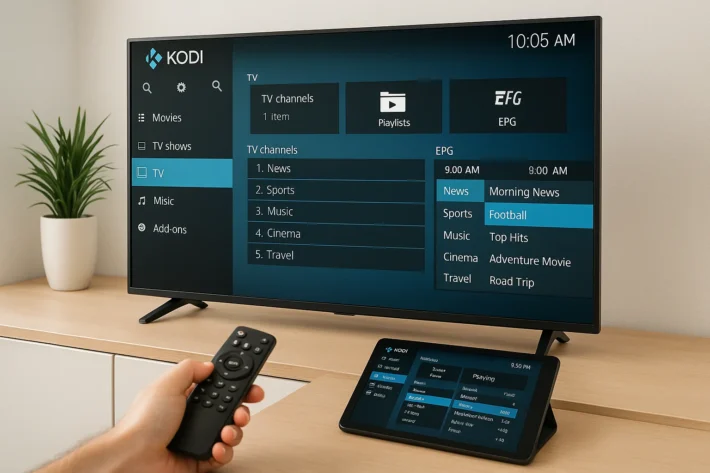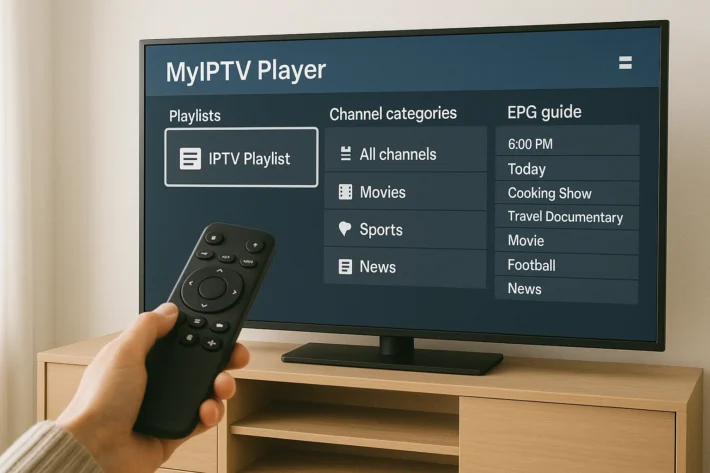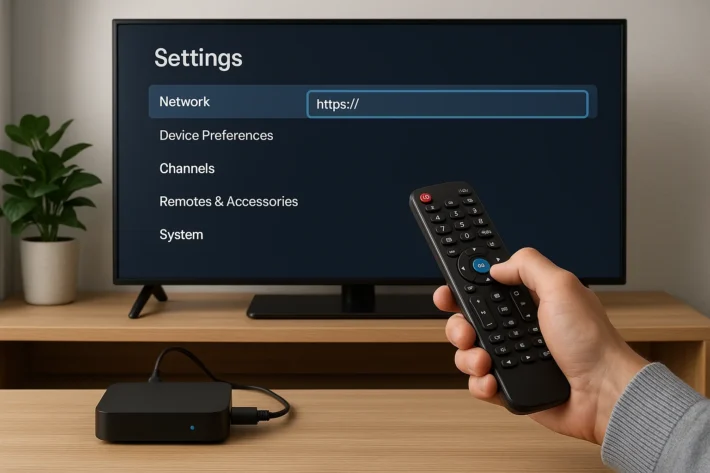Are All the Channels in HD for IPTV ?

Not all channels offered by IPTV providers are in HD. They typically provide a mix of SD and HD channels, with the highest-quality HD channels reserved for premium plans. The actual streaming quality you experience also depends on factors like your internet speed, device capabilities, and network congestion.
To ensure you get the most HD channels possible, research the IPTV Subscription provider’s specifications and user reviews. Keep exploring to discover how to optimize your IPTV setup for the best viewing experience.
Understanding IPTV Channel Quality
When assessing IPTV channel quality, it’s essential to understand that not all channels are created equal. Many IPTV providers offer a mix of SD and HD channels, with the highest-quality HD channels often reserved for premium plans.
The availability of HD channels can vary widely between services, and factors like internet connection speed, device capabilities, and network congestion can impact the actual streaming quality of IPTV channels, even if they’re advertised as HD. You’ll need to pay close attention to the resolution and bitrate specifications of individual channels to ensure you’re receiving the desired HD quality.
Some IPTV services allow you to customize channel packages or select individual HD channels, enabling you to tailor your viewing experience based on your preferences and bandwidth constraints.
Factors Affecting HD Availability
The availability of HD channels on IPTV services isn’t guaranteed, as it’s influenced by several key factors. Your IPTV provider’s infrastructure and content licensing agreements play a major role in determining which channels are offered in HD.
Providers with robust network infrastructure and strong partnerships with content providers are better positioned to deliver a wide selection of HD channels. However, access to these HD channels may be limited to premium packages that come with additional fees.
Your internet bandwidth and speed also affect HD availability on IPTV. A minimum download speed of 25Mbps is typically recommended for stable HD streaming. Additionally, your proximity to the provider’s server nodes can impact stream quality, as greater distances introduce network latency and congestion that can degrade the HD viewing experience.
Researching IPTV Provider Specifications
Before subscribing to an IPTV service, you’ll want to thoroughly research the provider’s specifications to determine if their HD channel offerings align with your expectations. Check the provider’s website or contact their customer support to obtain a detailed list of the live TV channels they offer, specifically noting the resolution quality for each channel.
Pay attention to the percentage of HD channels compared to the total number of channels in their packages. Some providers may have limitations in their infrastructure or content licensing agreements that affect the availability of HD streaming.
Keep in mind that while many IPTV providers strive to offer a majority of channels in HD, the actual quality may vary depending on factors like your internet bandwidth and the provider’s overall service quality.
User Reviews and Experiences
Researching user reviews and experiences can provide valuable insights into the HD channel offerings of IPTV providers. Many users report that most major live TV channels on IPTV services are available in High Definition, delivering a crisp viewing experience on devices like Smart TVs and Amazon Fire TV Sticks.
However, some niche or regional live channels may only be in standard definition due to source feed limitations. Reviewers emphasize the importance of a stable internet connection for consistently streaming HD content without buffering.
The quality of HD streams can vary among IPTV providers, with some offering more reliable high-definition than others. As 4K and 8K streaming becomes more common with premium legal IPTV services, the availability of ultra-HD channels is expanding, albeit still limited.
Ensuring Optimal Viewing Experience
To ensure you’re getting the best possible viewing experience with your IPTV service, there are several factors to consider. Your internet connection plays a crucial role in streaming quality, so aim for speeds of at least 25 Mbps for HD channels and VOD content.
Choose a provider that offers a wide selection of live events, an intuitive EPG TV Guide, and reliable customer support. Look for advanced features like anti-freeze technology and interactive guides to enhance your viewing experience.
Ensure your streaming device is compatible with the IPTV service and has sufficient processing power to handle high-quality video. By optimizing these elements, you’ll enjoy a seamless and immersive IPTV experience with crystal-clear HD channels, responsive Video-on-demand (VOD), and uninterrupted streaming.
Frequently Asked Questions
Are HD Channels Full HD?
To determine if HD channels are full HD, you’ll need to analyze the video quality, resolution comparison, and bitrate discussion. Streaming performance, bandwidth requirements, frame rate analysis, encoding techniques, and display compatibility also impact the delivered resolution and image sharpness.
What Channels Do I Get From IPTV?
Your IPTV package determines the channel selection and program availability you receive. Streaming quality, content diversity, device compatibility, and regional restrictions vary by provider. Subscription options and package customization affect the content resolution and service reliability you can expect.
How Does IPTV Have Everything?
IPTV offers an extensive content library through advanced streaming infrastructure and delivery technologies. However, service reliability, streaming quality, device compatibility, and user experience can vary depending on your internet connection, hardware, and the specific IPTV provider’s capabilities and support.
Is HD IPTV Legal?
The legality of HD IPTV is subject to licensing requirements, copyright regulations, and service provider oversight. Debates persist over content distribution rights and potential infringement. Ultimately, the industry’s legal landscape remains complex, requiring careful navigation for consumer protection.


